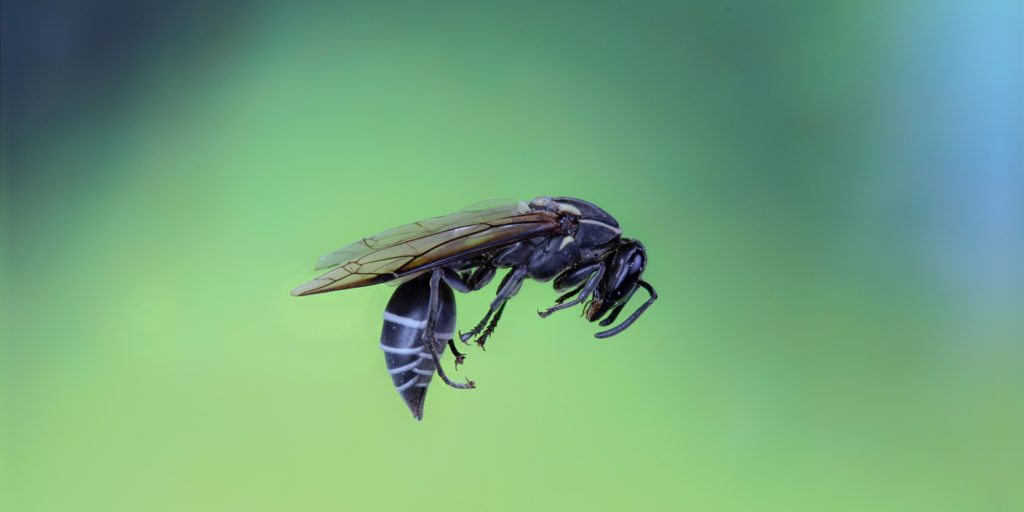Of all the venomous bites, stings and punctures, the ones most of us will be familiar with are those from bees. Bee venom, though, contains compounds that could have uses as diverse as combatting HIV and helping to treat rheumatoid arthritis. More than half of the venom of honey bees is made up of a peptide called melittin.
Despite its diminutive size, this toxin packs a mean punch – it’s the cause of the burning sensation that comes along with a sting. In lab tests carried out by researchers at Washington University School of Medicine in the US, gold nanoparticles carrying melittin can puncture holes in the protective envelope of HIV without affecting human cells.
While researcher is in its infancy, these nanoparticles could one day be part of a vaginal gel to prevent HIV transmission. One of the biggest challenges facing cancer therapy is how to ensure that drugs target only cancerous cells and not healthy ones. Researchers from the University Of Leeds and Sao Paulo State University in Brazil are studying a toxin from the venom of the Brazilian wasp Polybia Paulista that could do just that.

It targets structures of fatty molecules on the outside of cancer cells, puncturing holes in the cells and causing vital molecules to leak out. Those same fatty molecules are found on the inside of healthy cells, which means that non- cancerous cells are safe from the wasp toxin’s attentions. Its early days, though. The toxin has only been tested in the lab, so don’t start welcoming wasps into your home just yet.
Melittin’s puncturing properties could also see it being useful in cancer treatment. It’s been shown to shrink tumours in mice with breast and skin cancers when delivered via nanoparticles. It can also block the inflammatory mechanisms in cells and animals with rheumatoid arthritis. If you were asked to think of a venomous animal, it’s fairly likely that a snake would be the first that springs to mind. They’ve also probably the most studied among scientists in search of new drugs. Many snake-derived drugs target the cardiovascular system.
Workers on banana plantations who’ve been bitten by snakes often pass out due to severe drops in blood pressure. This led researchers to a peptide in the venom of the pit viper Bothrops jararaca. The drug based on it – blood pressure medication captopril – works by stopping the molecules that would ordinarily prevent blood vessel dilation, allowing them to widen and lower blood pressure. It was the first venom-based drug and continues to be one of the most popular medications on the market. The southeastern pygmy rattlesnake, found in the US, has potent venom that stops blood from clotting and causes profuse bleeding.
One of its toxins has been developed into a drug called eptifibaide that is used in people who are at risk of having a sudden heart attack. It stops platelets in the blood from sticking together, preventing the blood clots that can cause heart attacks and strokes. A similar toxin, from the venom of the saw-scaled viper, has the same target and is the basis of the drug tirofiban.

Another heart disease drug, currently in clinical trials, is cenderitide, which is made of a peptide from the eastern green mamba fused with another peptide from human blood vessel cells. And France’s Institute of Molecular and Cellular Pharmacology is researching a toxin from the black mamba as a possible new painkiller, after studies in mice found it to be powerful as morphine.














